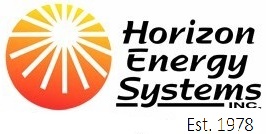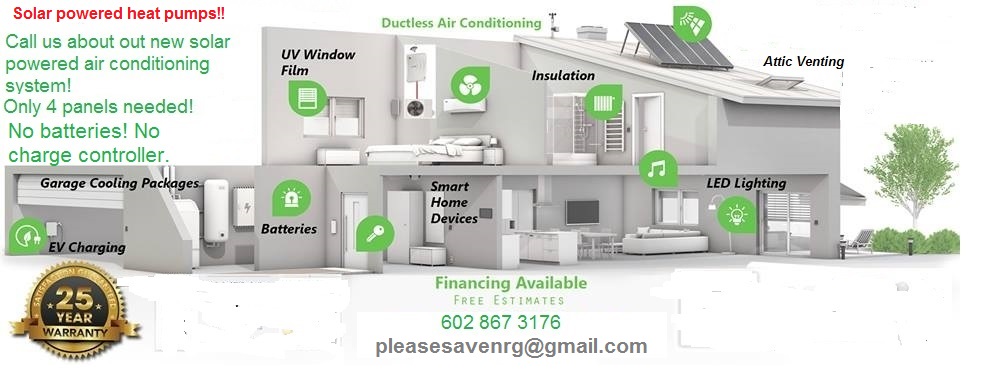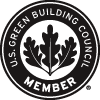window tinting, Phoenix, Low e windows, radiant barrier, energy conseravtion,
 Contact us: 602-867-3176
Contact us: 602-867-3176

PROPRIETARY PATENTED SUSTAINABLE BUILDING PRODUCTS








EMISSIVITY EXPLAINED IN LAYMAN'S TERMS:
Quick question:
Two identical cars are sitting in the sun in a parking lot for four hours in the summer. One car has a black bumper, the other, a chrome bumper. Which one is hotter?
Black? Makes sense, chrome reflects heat and black absorbs heat, everyone will agree on this.
Now, think about touching the chrome seat belt buckle in your car, the ignition switch, or leaving a toolbox open in the sun and trying to pick up a chrome tool. Want to change your answer?
Reality: The chrome bumper, tools and seat belt buckles are MUCH hotter (over time), than an identical surface painted black. Why? Emissivity.
Emissivity is the scientific measurement of the ability for heat to radiate (leave), an object. While it's true black paint will heat up faster and chrome does reflect heat, the emissivity of these two surfaces are on opposite ends of the scale as seen below.
Chrome has an emissivity of .04 while black paint emits radiant heat at a rate of .95. The black bumper will heat up much faster but 95% of the heat that is absorbed is free to re-radiate at a rapid rate.
The chrome bumper reflects 96% of the heat and only absorbs 4% but this heat is "trapped" in the bumper as only 4% can emit from the surface. Immersed in a bath of infrared (the sun), the steel under the low emissivity surface of the chrome bumper will soon exceed that of the one painted flat black.
A good example of this is the surface of solar panels used to heat water. There are two choices: flat black or black chrome. You will pay more for the black chrome panel but you will also get hotter water as 95% of the heat collected by the absorber is trapped and only 5% is free to re-radiate out through the glazing.
Webster's definition:
Main Entry: emis·siv·i·ty
Pronunciation: "e-m-i si-v-i tee
Function: noun
Inflected Form(s): plural -ties
Date: 1880
: the relative power of a surface to emit heat by radiation : the ratio of
the radiant energy emitted by a surface to that emitted by a blackbody
at the same temperature
Main Entry: black·body
Pronunciation: 'blak-'bä-dE
Function: noun
Date: 1710
: an ideal body or surface that completely absorbs all radiant energy
falling upon it with no reflection and that radiates at all frequencies with
a spectral energy distribution dependent on its absolute temperature
(for more data on emissivity and heat movement, do a search for "Sir James Dewar")
Ok...in layman's terms. Emissivity is the ability for radiant heat to leave the surface of an object. It matters not what the density, mass or thickness of the object, only the surface. As can be seen below, emissivity (E factor), plays a significant role in how heat moves into or out of our homes, our cars, our bodies.
Fig 1.2 EMISSIVITY OF VARIOUS COMMON MATERIALS
Material Emissivity value
Gold, polished .03
Metalized Film Radiant Barrier .04
Silver, polished .04
Chrome .05
Aluminum, polished .04
oxidized .78
Brass, polished .04
oxidized .61
Iron, polished .21
oxidized .69
Copper, polished .05
oxidized .78
Human skin .98
EMISSIVITY OF BUILDING MATERIALS
Wood .95
Glass .94
Paint, average of 16 colors .94
Brick, common red .93
Concrete .92
Plaster, rough coat .91
Source: Handbook of Chemistry
Based on the emissivity chart above, it is clear to see that we are designing, building and living in solar hot boxes. Visit the rest of our site and see how our low emissivity, high performance films can help you increase the comfort of your home and reduce rising energy costs. Click here.
Questions? Email us at pleasesavenrg@gmail.com or call our office at 602-867-3176.


Web page design and maintained by B Rad Design Group.
Copyright 1997-2020. All images and text copyrighted by Horizon Energy Systems.



 Contact us: 602-867-3176
Contact us: 602-867-3176












